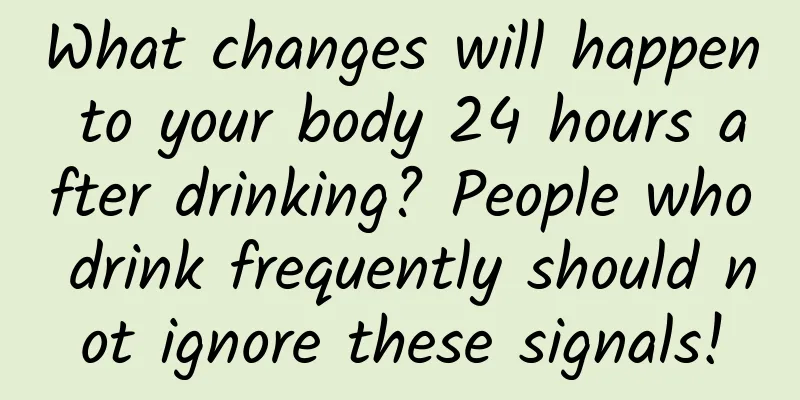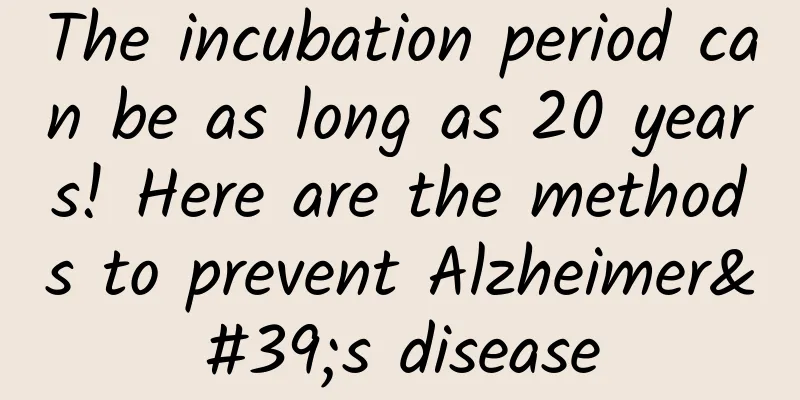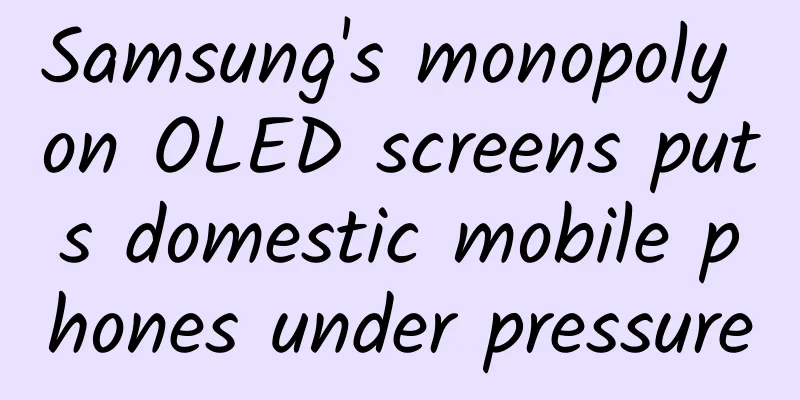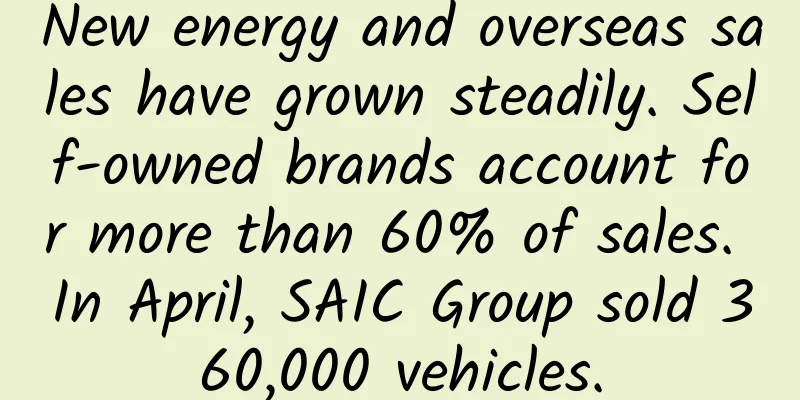What changes will happen to your body 24 hours after drinking? People who drink frequently should not ignore these signals!

|
The best way to escape drinking at the table↓↓↓ Talk more, go to the toilet more Pick up the alarm and run away The wine that can't be avoided Drink it and you'll get high Falling down means falling asleep If you ask people who drink frequently, what changes will happen to the body if they drink too much? Answer: I don’t know. I just want to laugh, pee, and my face turns red and I want to sleep. Come on! Dear wine lovers, today Huaxi doctors will reveal the secrets to you! What changes will happen to your body 24 hours after drinking! When alcohol goes down the esophagus into the stomach↓↓↓ 30 seconds: A small amount of alcohol enters the blood and goes directly to the brain, and your self-control begins to decline. 10 minutes: More alcohol spreads throughout the body. 30 minutes: Under the stimulation of alcohol, the body begins to heat up and sweat; at the same time, there is a burning sensation in the stomach, and 80% of the alcohol rushes to the intestines. Image source: Photo Network 1 hour: The intestines quickly absorb alcohol, and the brain begins to release norepinephrine, which is a substance that makes you happy. At this time, you will gradually become excited. 90% of the alcohol will enter the liver. When there is little alcohol detoxification enzyme in your body, the alcohol cannot be completely broken down, and you will begin to feel nausea, headache, and hot face. Image source: Photo Network 1.5 hours: Your body loses temperature, you feel cold, and start to shiver and shiver. Because alcohol decomposes to produce a lot of water, you start to go to the toilet to urinate frequently. Because your stomach dislikes alcohol and secretes a lot of stomach acid, you will feel nauseous and vomit. At this time, you will have "vomiting and diarrhea". At the same time, alcohol controls your brain, and you start to lose consciousness and walk unsteadily. 3 hours: Alcohol suppresses your memory, and eventually you will experience blackouts. You are confused and may fall asleep on the street or on the toilet. 10 hours: When you wake up from your coma, you are extremely dehydrated and your head feels heavy. 15 hours: After waking up from a hangover, you will experience headaches, dizziness, lack of concentration, nausea, and extreme weakness. 24 hours: Although the alcohol may be completely broken down, it will still cause permanent damage to the body. If you ask drinking buddies why they like to drink, most people will probably answer: drinking makes you happy! But little do you know that it is this kind of "happiness" that can easily make you addicted . When we drink alcohol, it stimulates the brain to release a substance called " dopamine ", which can make people feel happy and relaxed. Other studies have found that acetic acid produced when alcohol is broken down in the body can also affect the level of neurotransmitters in the brain, making people feel happy. Image source: Photo Network In addition, alcohol is actually a central nervous system depressant. Generally, within 40 minutes after drinking, the alcohol concentration in the blood will reach its highest point and gradually inhibit the cerebral cortex, causing people to lose self-control and become excited, thus temporarily relieving stress and unpleasant emotions. Image source: Photo Network Simply put, alcohol makes you "happy" when you drink it, and after you are happy, you crave alcohol again, so you will continue to drink, thus forming a psychological dependence . Over time, some people may find themselves feeling anxious, irritable, or even experiencing physical withdrawal symptoms when they don't drink, such as trembling hands, sweating, and insomnia, which are all signs of alcohol addiction . "Oh, I just like to drink a little wine. It's a personal hobby. I've gotten used to it over the years..." Wrong! Alcohol addiction is not a habit, nor a hobby, but a disease! Alcohol addiction, also known as alcohol dependence syndrome, is a complex problem involving cognitive, behavioral and physiological symptoms. Even if the patient is aware of the adverse consequences of excessive drinking, he or she cannot control himself or herself. Alcohol addiction is not only associated with a variety of health problems, including cardiovascular disease, cancer, digestive system diseases, impaired mental activity, etc. , but may also lead to a series of family and social problems. If you have experienced 3 or more of the following 7 items in the past year, you may be addicted to alcohol! (1) A strong desire for alcohol. (2) Difficulty controlling the start, end, and dosage of drinking. (3) Withdrawal symptoms occur. (4) Drinking gradually replaces other interests and activities. (5) Gradually increase the amount of alcohol consumed to achieve the same effect. (6) Continuing to drink alcohol despite knowing that it is harmful. (7) The occurrence of alcohol-related physical or psychological problems. It is recommended that treatment for alcohol addiction be performed in a professional medical institution during hospitalization, rather than in an outpatient clinic or at home . Because suddenly stopping drinking or reducing drinking will cause withdrawal symptoms. Severe withdrawal symptoms include malignant arrhythmias, epilepsy, delirium tremens, etc., which may endanger life safety! Image source: Photo Network Alcohol addiction treatment is divided into two phases: Stage 1: Acute alcohol withdrawal The main task of this stage is to treat the withdrawal symptoms that occur after stopping drinking, including various physical symptoms (high blood pressure, tachycardia, hand tremors, sweating, abnormal liver function, vitamin deficiency, anemia, electrolyte imbalance, malnutrition, etc.) and mental symptoms (hallucinations, delusions, anxiety, depression, irritability, alcohol craving, etc.), which usually take 2 to 4 weeks. Image source: Photo Network Phase II: Relapse Prevention The main task of this stage is to reduce the risk of drinking again, including drug therapy, physical therapy, psychotherapy, social support, etc. In addition to the treatment options mentioned above, there are also treatments such as genetic mechanism treatment, social and psychological mechanism and treatment, and intestinal microbial regulation. at last Know your alcohol tolerance and avoid excessive drinking Use healthy relaxation methods such as exercise, reading, and meditation Replaces the short-term pleasure of drinking Keep the harm of alcohol addiction away from you Statement: This article is a medical-related educational popular science article. It does not involve specific treatment methods or medical behaviors and cannot replace hospital visits. Author Chen Xinyi West China School of Clinical Medicine 2023 Five-year Program in Clinical Medicine Wang Jingwen West China School of Clinical Medicine 2023 Five-year Program in Clinical Medicine Chen Hengli West China School of Clinical Medicine 2023 Five-year Program in Clinical Medicine Tian Yanru West China School of Clinical Medicine 2023 Five-year Program in Clinical Medicine This article is guided by the teacher References [1] William Gilmore, Katherine Brown et al. “Prevention approaches to reduce alcohol-related harm.” Oxford Textbook of Public Mental Health(2018). [2] Schuckit MA. Alcohol-use disorders. Lancet. 2009 Feb 7;373(9662):492-501. doi:10.1016/S0140-6736(09)60009-X. Epub 2009 Jan [3] SE Hyman, RC Malenka, EJ Nestler, Neural mechanisms of addiction: the role of reward-related learning and memory, Annual review of neuroscience, 29 (2006) 565-598. [4] SJ Russo, EJ Nestler, The brain reward circuitry in mood disorders, Nature reviews. Neuroscience, 14 (2013) 609-625. Content Production Edit: 100% sweet Map: Eastern Zhou Dynasty |
<<: Besides painkillers, what other methods can we use to relieve pain?
>>: Why can the youngest wetland in the Yellow River Delta attract millions of birds?
Recommend
A complete event planning framework!
As an APP operator, you often need to plan activi...
Electric Technology Car News: Can the fierce-looking and low-priced Haval M6 break the sales myth of Wuling Hongguang?
If you usually pay attention to cars, you must kn...
How to manually backup your SMS/MMS on Android?
If you are going to change a phone or upgrade you...
Are "panda eyes" caused by staying up late? Dark circles may be more complicated than you think...
gossip In daily life, dark circles are a problem ...
Berg Insight: Global mobile M2M users to reach 265.2 million in 2015
Berg Insight, a Swedish research institute specia...
Slime, which doesn't even have a brain, can actually plan city routes
You must be familiar with slimes. Their names oft...
These WeChat bugs are super funny. Sending this sentence during a chat will cause your friend's WeChat to crash.
Some time ago, both the iOS and Android versions ...
Prepare for Double Eleven, direct e-commerce holiday marketing plan!
This article shares all aspects of direct-operate...
Event theme planning and front-end gameplay design
The value of an activity theme is that it lets us...
Hua Chunying responded to the Harvard University COVID-19 paper full of loopholes. Let’s take a look at the details!
The American Broadcasting Corporation reported th...
Attention! These two common foods may increase the risk of colorectal cancer, Chinese scholars have recently found
The 2020 China Cancer Statistics Report shows tha...
Guidelines for Advertising in the Tourism Industry
During the peak travel season at the end of the y...
I am under home quarantine, my dog doesn’t poop and my cat hates me, what should I do?
Due to the epidemic, many friends have to stay at...
A guide to high-conversion landing page form design!
The landing page is the first point of contact fo...
Startups "falsify data" and valuation impulse is hard to suppress
A reporter from the "Daily Economic News&quo...



![[Creative Cultivation Program] Central cooling is so wonderful, why is it so difficult to achieve?](/upload/images/67f2618de30ab.webp)





